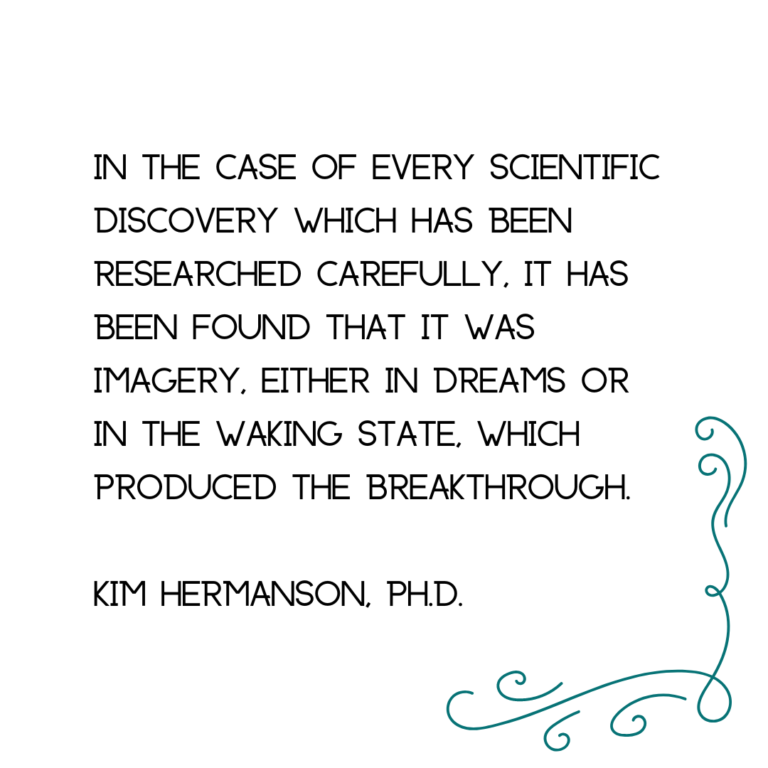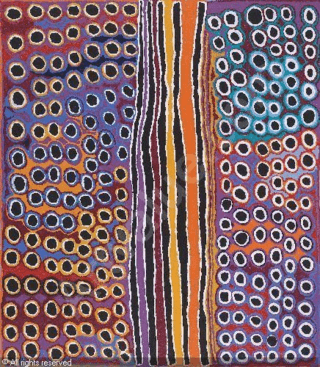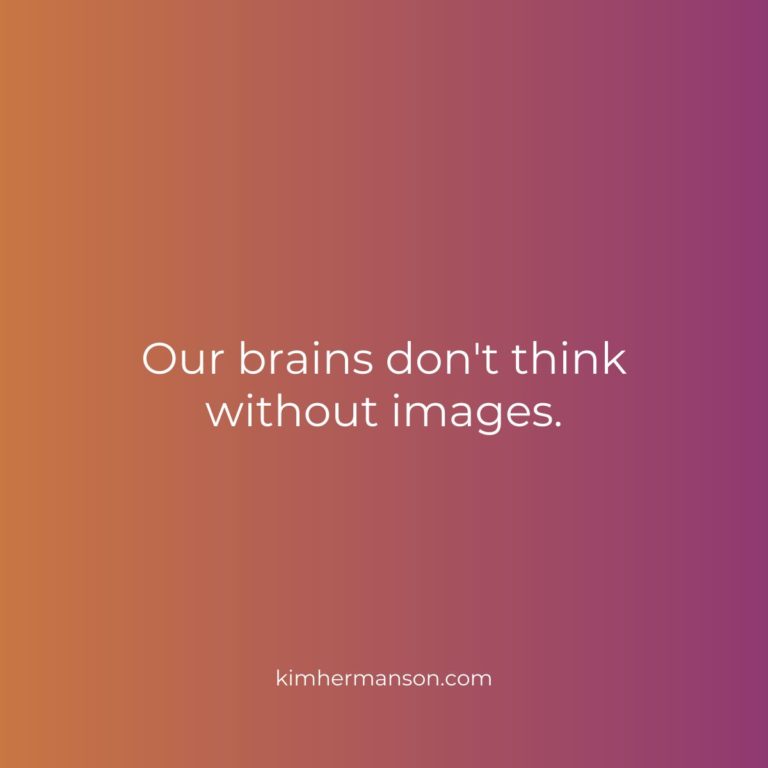Unlocking the power of key images: How metaphors shape our lives and creativity

I recently had a thought-provoking conversation with a friend about whether the images and metaphors that surface in our subconscious are “real.” Like dreams, I believe these images have something to teach us, and on that point, my friend and I agree. However, his concern lies with what I call a “key image.”
Key images are recurring metaphors or visions that seem to “work us” over a lifetime, shaping our creativity, learning, and even our sense of purpose. Poets and artists have long spoken of these key images. Stanley Kunitz and the Irish poet John O’Donohue, for example, explored this idea in their work. O’Donohue writes in Beauty: “In the end, every artist is haunted by a few central themes. Again and again, they return to the disturbance and endeavor to excavate something new.”
These key images often trace back to childhood. For instance, E.B. White was captivated by spider webs as a child, which later inspired his classic Charlotte’s Web.
The Psychological Perspective on Key Images
Archetypal psychologists have explored key images in depth. James Hillman refers to them as “acorns,” while Bill Plotkin calls them “personal soul articulations.” In Nature and the Human Soul, Plotkin writes that each person’s soul articulation “employs a metaphor from nature to point to an ineffable mystery—the unique way in which each person belongs to the wild world.”
Philosopher and theologian Henry Corbin, known for his expertise on Sufi philosophy, adds another layer to this discussion. He suggested that each human possesses a unique “image of God” that reflects their innermost being. He writes that this vision “can no longer be imposed by a collective faith, for it is the vision that corresponds to [one’s] fundamental and innermost being.” Native American traditions similarly honor this concept, giving prominence to personal visions uncovered during vision quests.
How Key Images Shape Our Lives and the World
From these perspectives, we can infer that each of us holds an inner vision or metaphor that shapes not only our personal growth but also our contributions to the world. For me, this idea isn’t just theoretical. I’ve been deeply aware of my own key image for most of my life: nurturing something in rich, fertile soil.
This metaphor of planting and growing has guided my work with imagery and metaphor for over 25 years. It feels like the best part of me—a symbol of my creative process and how I engage with the world.
A Friend’s Take on Metaphors and Change
My friend offered a different perspective in an email:
“I have a deep-seated objection to the perspective of Jung, Hillman, and others like them. It is based on my conviction that they distance and separate us from a part of our own, unique process. Metaphors and myths are and are not nouns. They can be studied as nouns (e.g., Greek vs. Celtic myths), but if we approach them in a more personal way—in terms of how we express ourselves and how that type of expression emerges from and impacts us and others—then we see that they are part of the river of being. As such, they co-mingle with the continuing flow of process, ever-changing as a result of context. On a personal level, they are empty shells until we put them on and give them life. And every time we put one on, even if it is the same metaphor, it looks and feels different.”
His metaphor of the “river of being” and “empty shells” feels fresh and relevant, illustrating how metaphors evolve within us as we grow and change.
What Science Says About Metaphors and Thinking
Research over the past 40 years, particularly the work of George Lakoff, shows that our thinking is deeply rooted in imagination and the imaginal process. With only 5–10% of our thought process being conscious, much of our understanding stems from metaphors we may not even realize are shaping us.
Key images may be difficult to “prove” scientifically, but they resonate with personal experience. So let me ask you: Do you have a key image? Is there a metaphor or vision that won’t let you go? I’d love to hear your thoughts.





